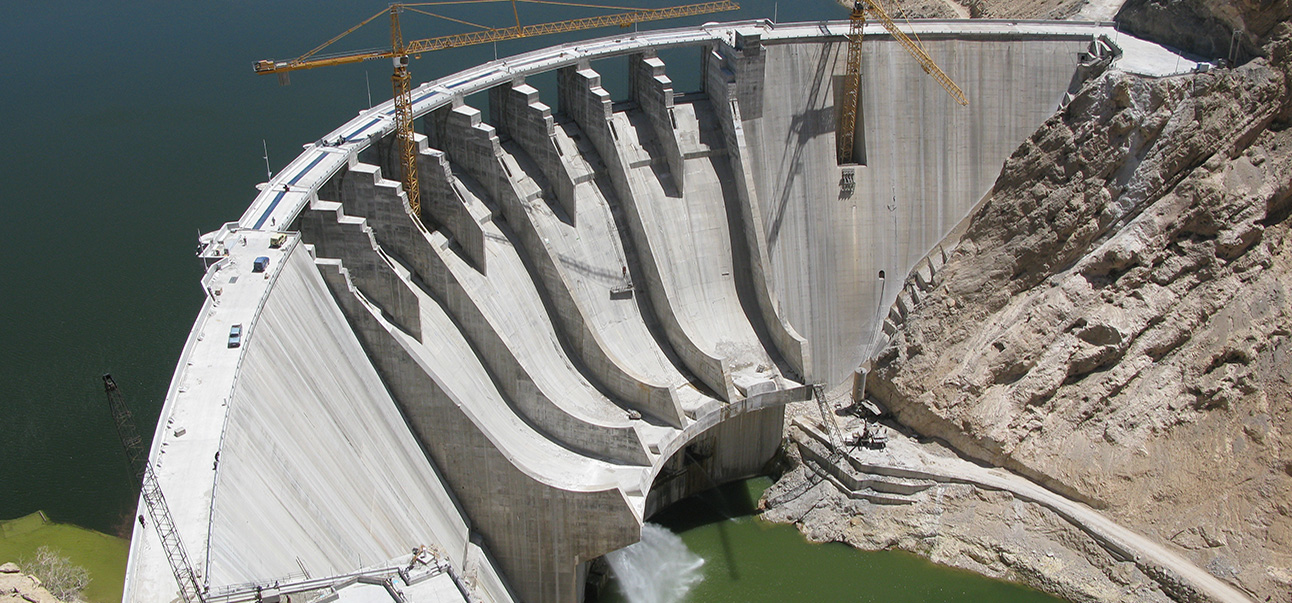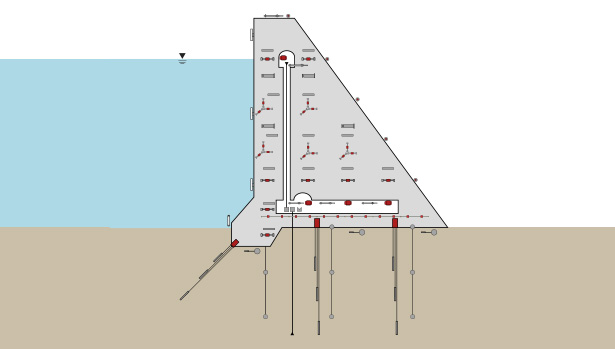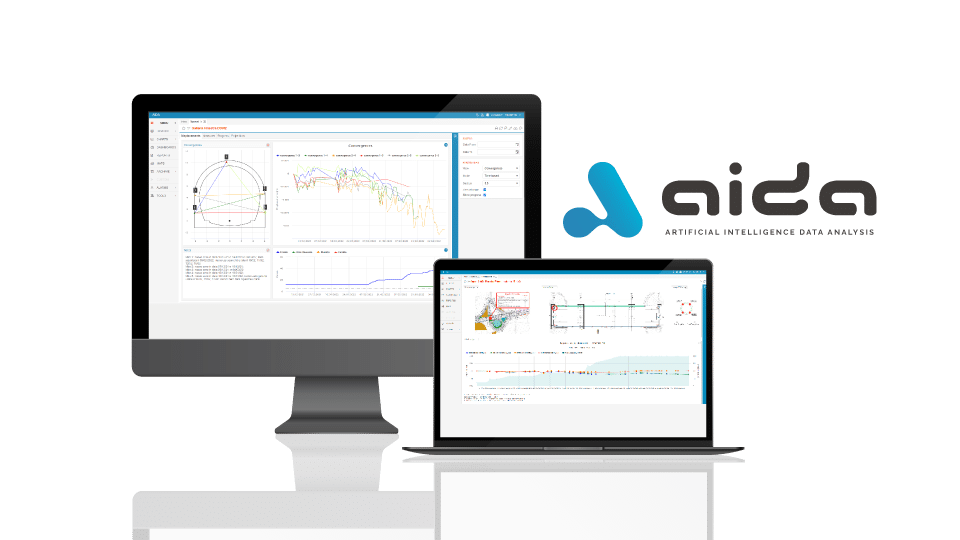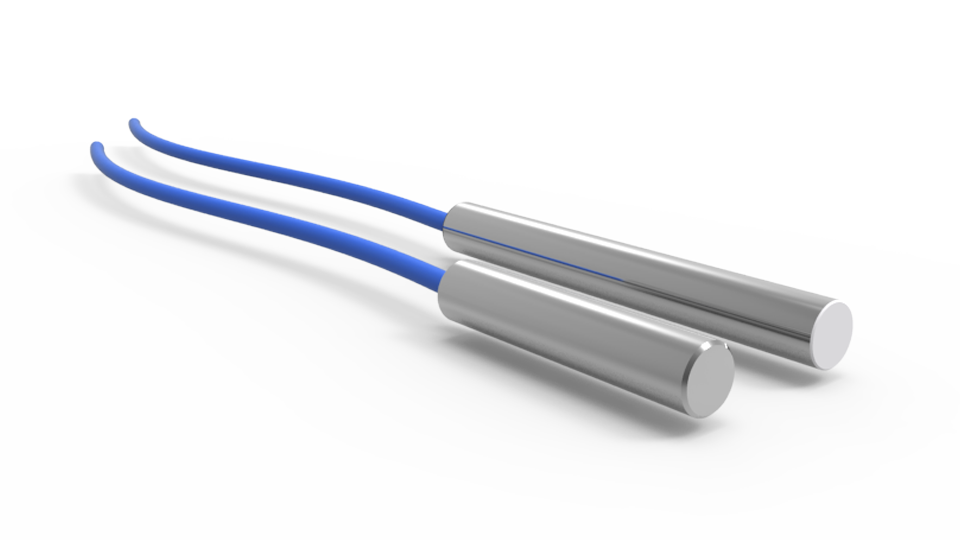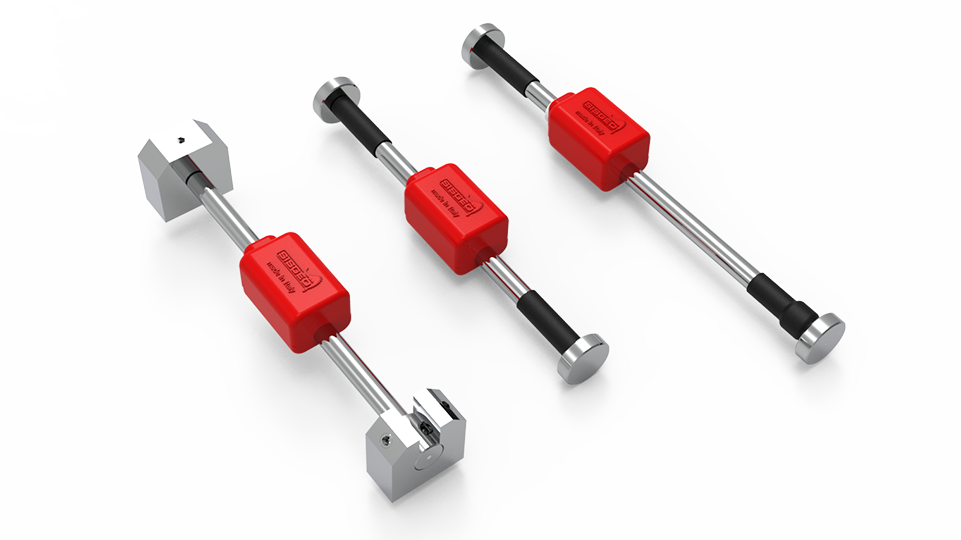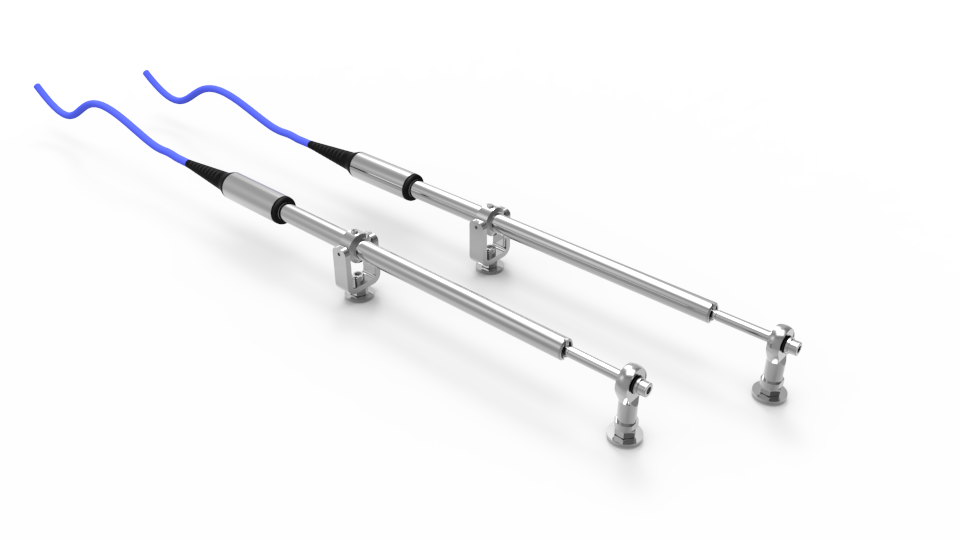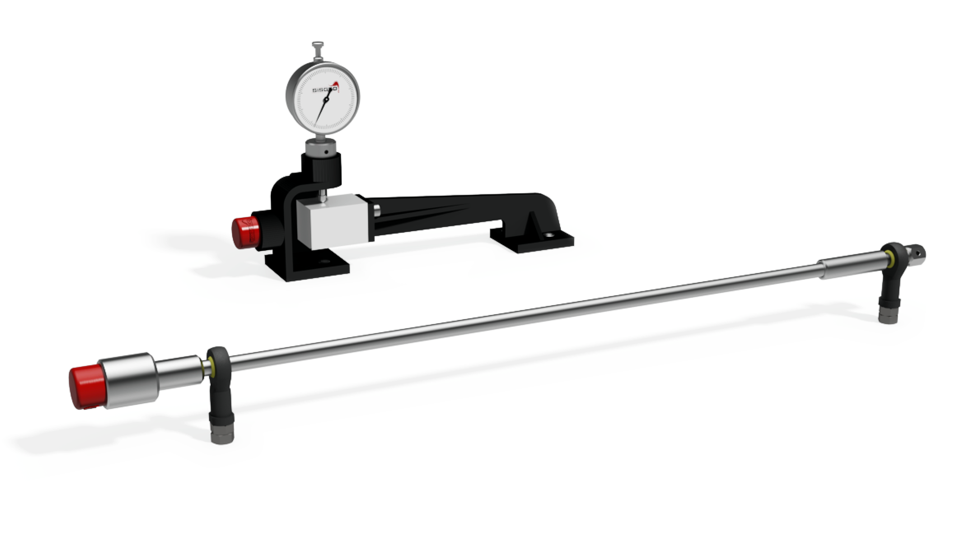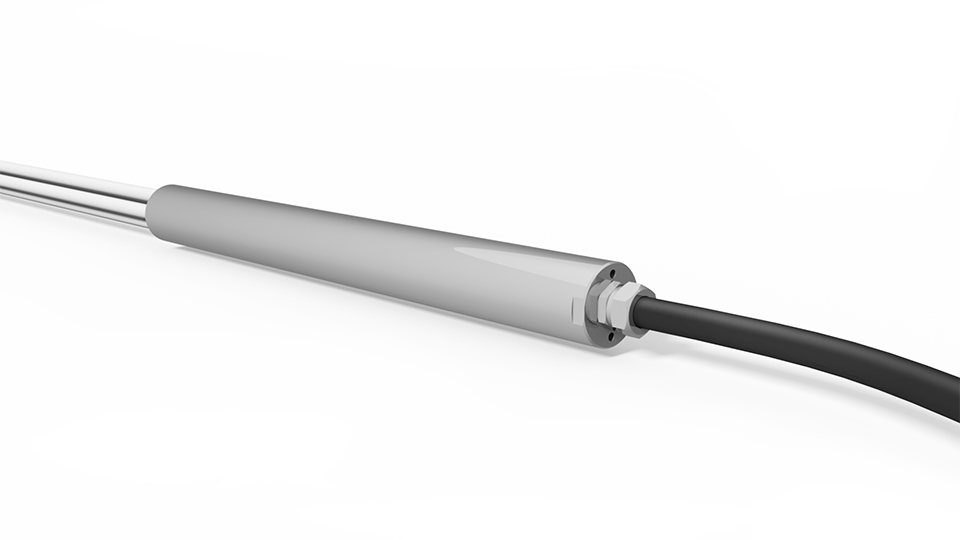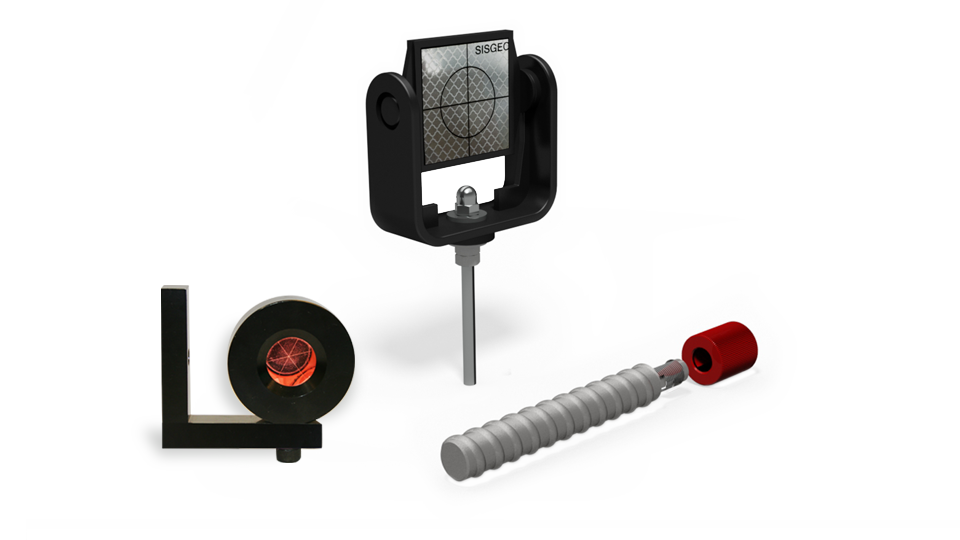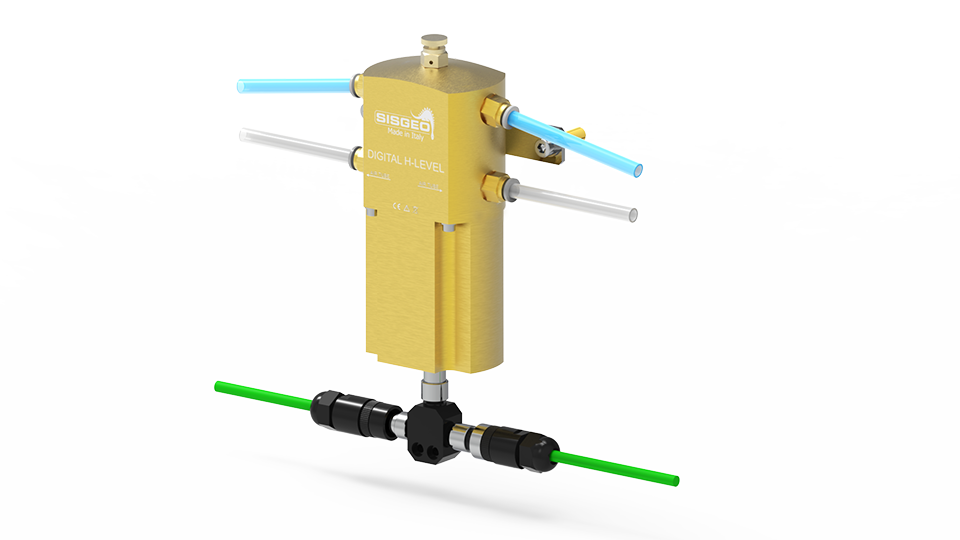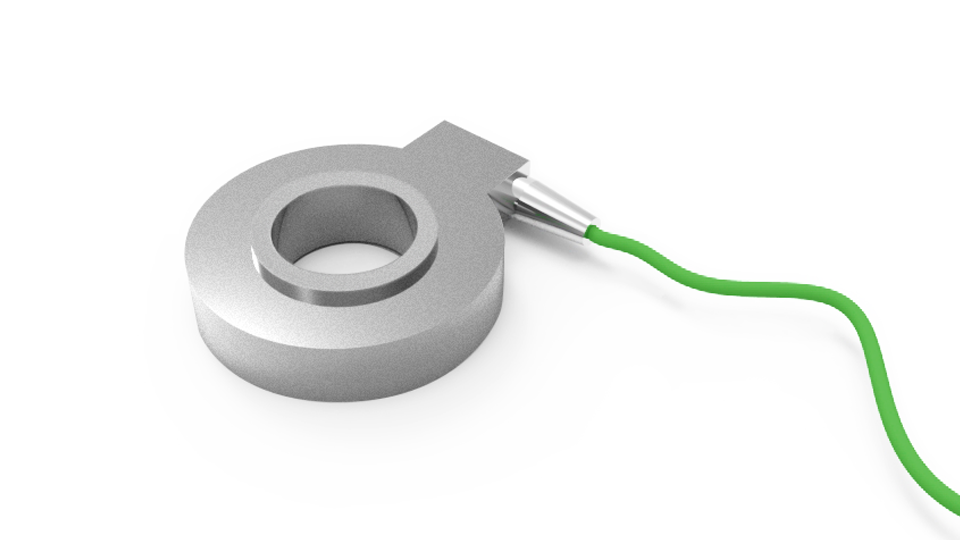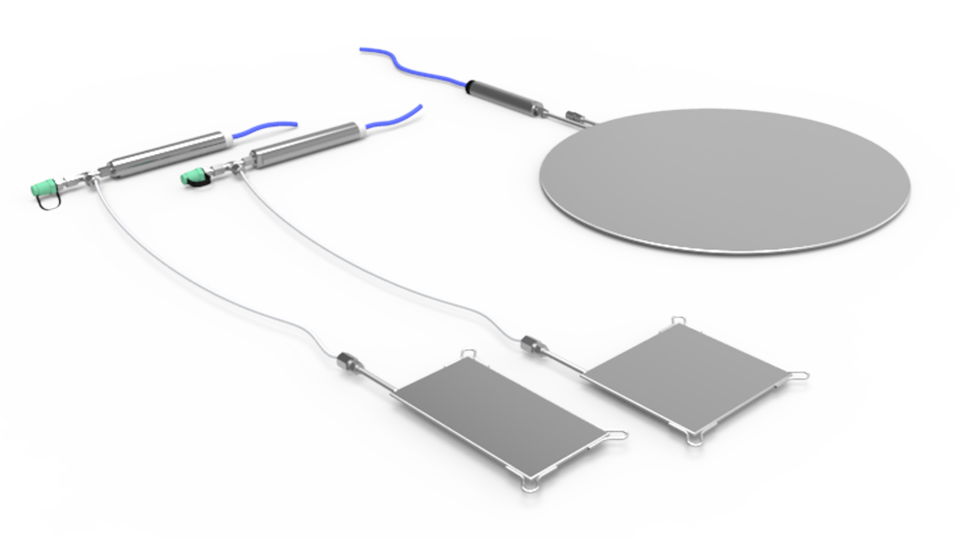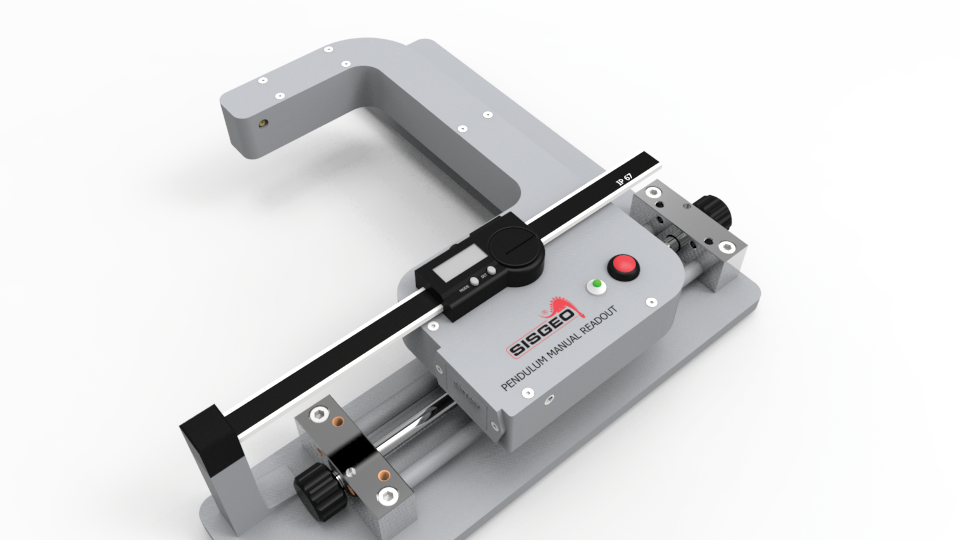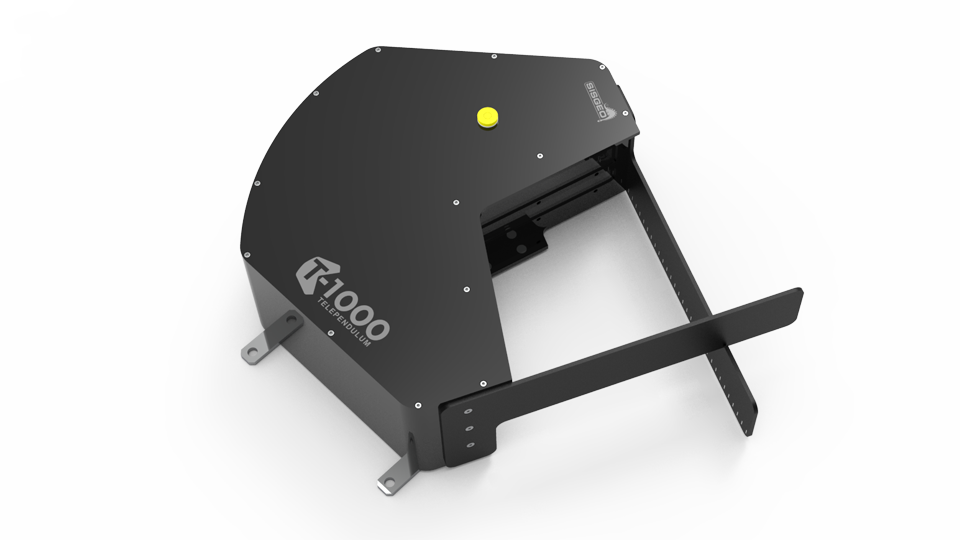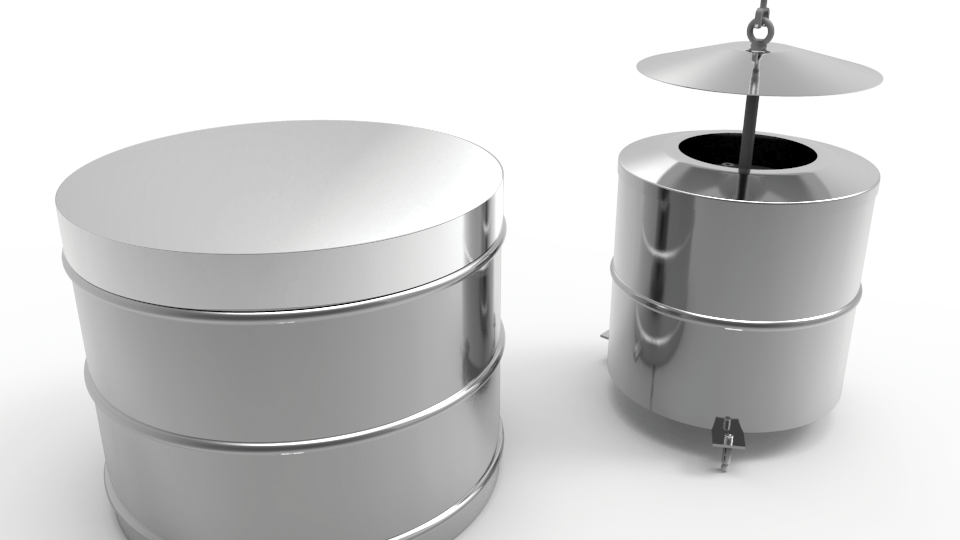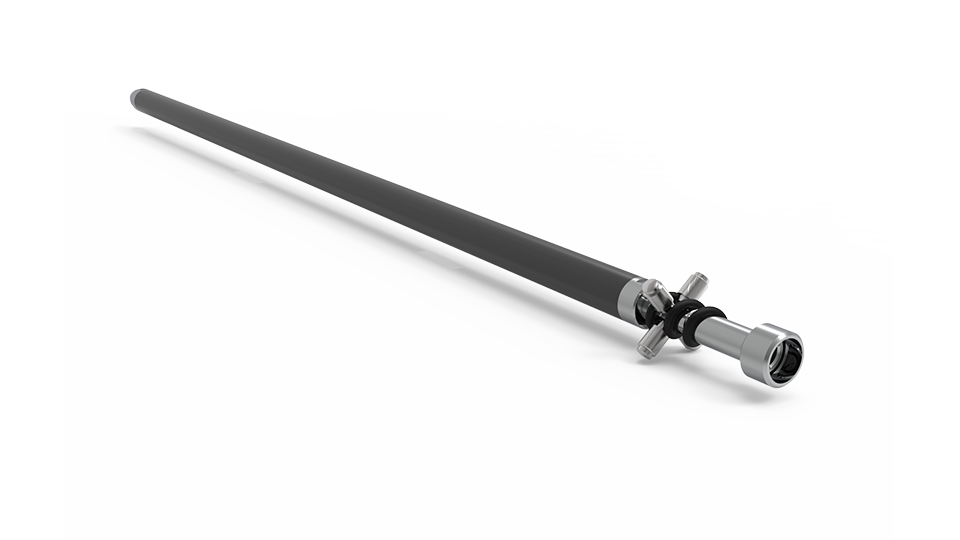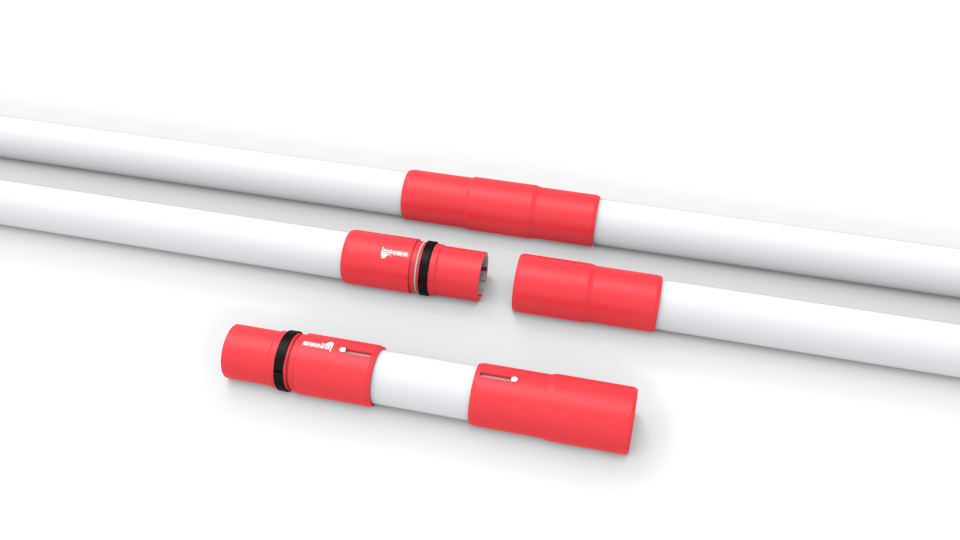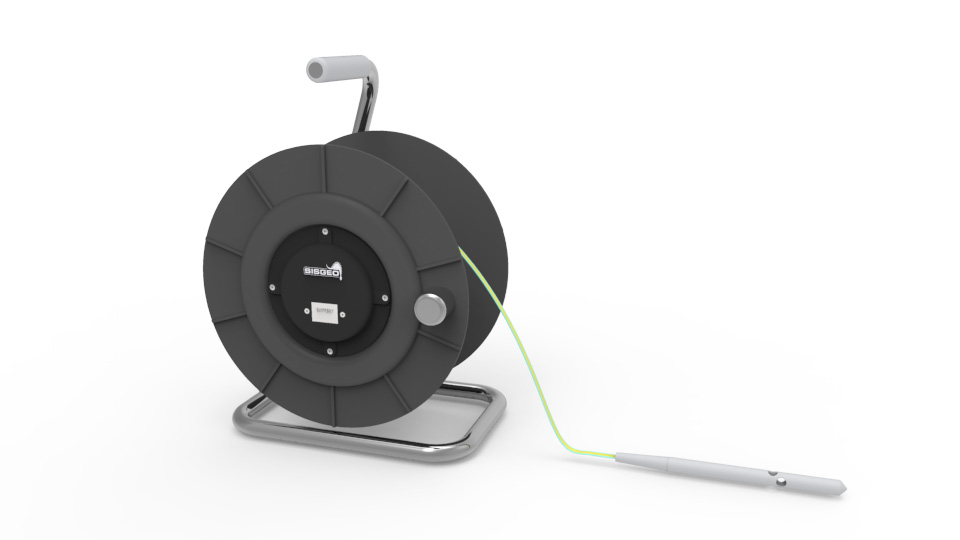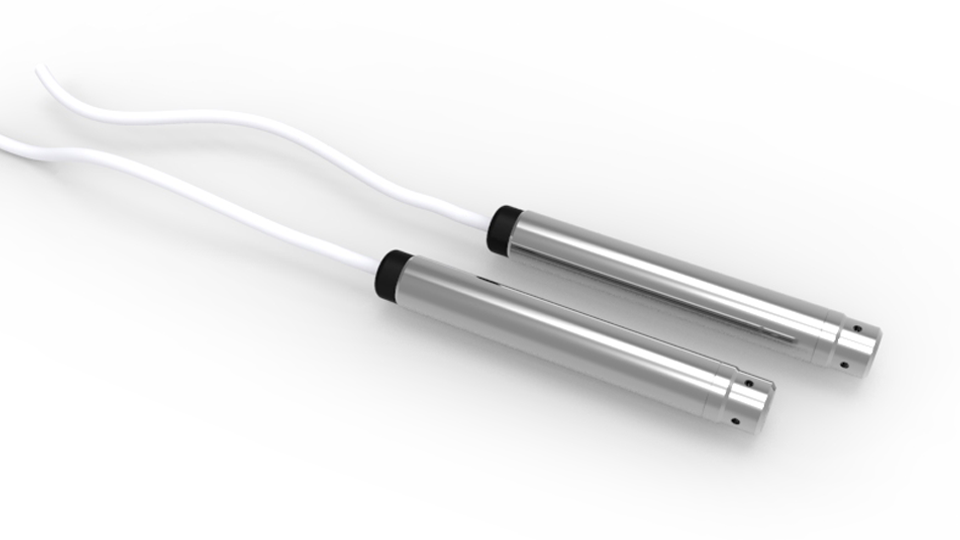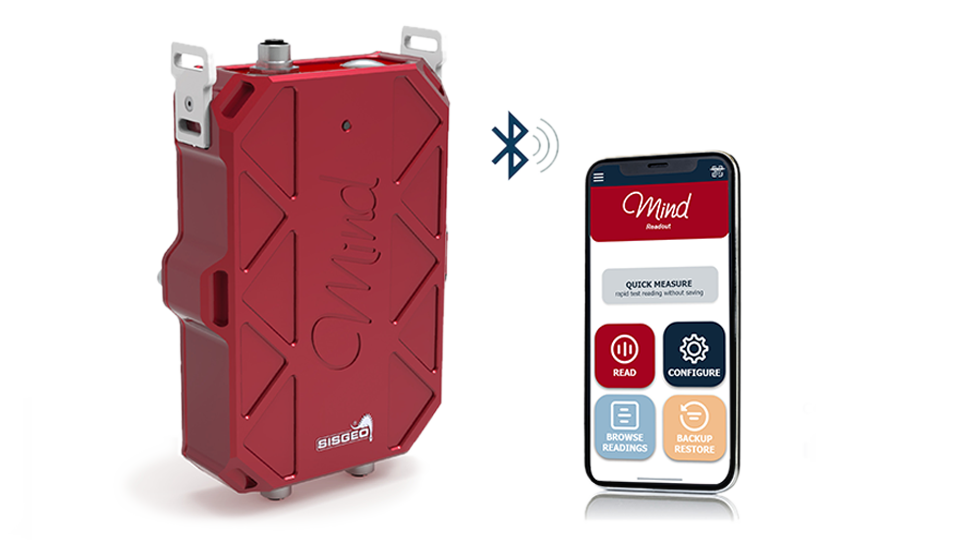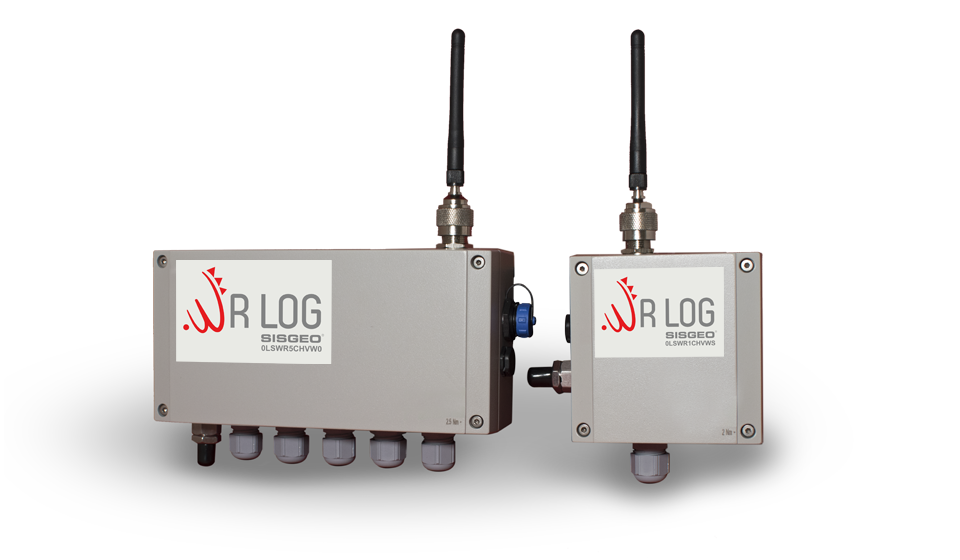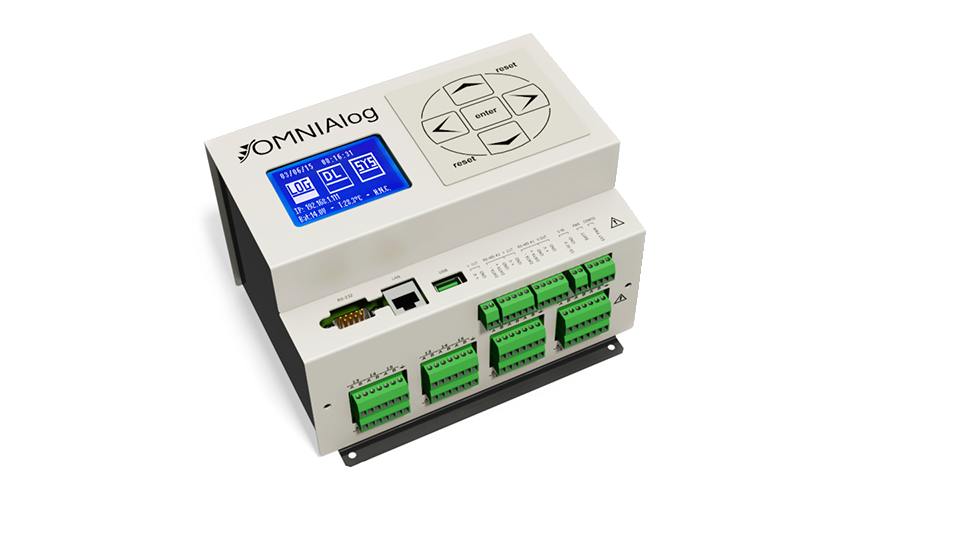WHAT IS Concrete DAMS MONITORING?
Concrete dams are typically constructed using reinforced concrete, which is a strong and durable material that can withstand the weight of the water and the pressure of the reservoir.
Concrete dams can be designed and built in a variety of shapes and sizes depending on the specific requirements of the project. Main types of concrete dams include:
- Gravity dam: a gravity dam is a type of concrete dam, thick at the base and thin at the top, that relies on its own weight to resist the horizontal pressure of the water in the reservoir.
- Arch dam: an arch dam is a type of concrete dam that is curved in shape, with the convex side facing upstream. The arch shape of the dam helps to transfer the weight of the water in the reservoir to the abutments on either side of the river valley.
The following are some of the key topics that are typically monitored in concrete dams:
- Structural integrity: monitoring the structural integrity of a concrete dam is crucial to ensure that the dam is stable and can withstand the weight of the water and other loads. This includes monitoring for any cracks or deformation in the dam structure.
- Seepage and leakage: monitoring for seepage and leakage in the dam structure is important to ensure that the dam is not losing water, which can lead to a reduction in the dam’s structural integrity.
- Concrete quality: monitoring the quality of the concrete used in the construction of the dam is important to ensure that it meets the required strength and durability standards. This includes monitoring the compressive strength, distributed stresses and curing time of the concrete.
- Water levels and flow rates: monitoring the water levels and flow rates in and around the dam is important for flood control, water supply and hydroelectric power generation.
Earthquakes and other natural hazards: monitoring for earthquakes and other natural hazards that could affect the stability of the dam is important to ensure that the dam can withstand these events.

